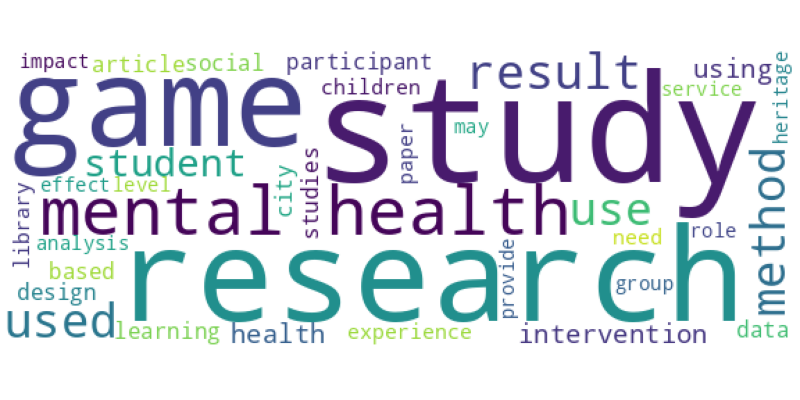| Id | 2528 | |
| Author | Rugh R.; Humphries A.; Tasnim N.; Basso J.C. | |
| Title | Healing minds, moving bodies: measuring the mental health effects of online dance during the COVID-19 pandemic | |
| Reference | Rugh R.; Humphries A.; Tasnim N.; Basso J.C. Healing minds, moving bodies: measuring the mental health effects of online dance during the COVID-19 pandemic,Research in Dance Education |
|
| Link to article | https://www.scopus.com/inward/record.uri?eid=2-s2.0-85131676974&doi=10.1080%2f14647893.2022.2078297&partnerID=40&md5=07eb31fbebdc0484d3763badfc4df9b3 |
|
| Abstract | Use of breath, close physical proximity, and tactile cues are some of the unique facets of dance training. In March of 2020, as COVID-19 lockdowns occurred, these aspects were removed from the lexicon of dance educators as virtual learning took the place of in-person training. This data-driven project explores the benefits and challenges of virtual dance, examining whether online dance can acutely improve mental health and enhance social connectivity. We explore our findings from an education perspective, focusing on learning style, class experience, and dance history. Our findings suggest that online dance can improve mood and increase community connectedness in healthy adults. Importantly, we found that an individual’s trait learning style can influence the effectiveness of online learning, with tactile learners benefitting the most in terms of mood state and visual learners benefitting the most in terms of social connectivity. Additionally, we found that greater levels of experienced enjoyment provided the greatest benefits to mood state, whereas greater levels of perceived difficulty may have detrimental effects. We suggest best practices for online dance learning, provide future areas of research, and highlight the importance of using online learning to increase dance accessibility to diverse populations. © 2022 The Author(s). Published by Informa UK Limited, trading as Taylor & Francis Group. |
|
| Keywords |
Wordcloud:



